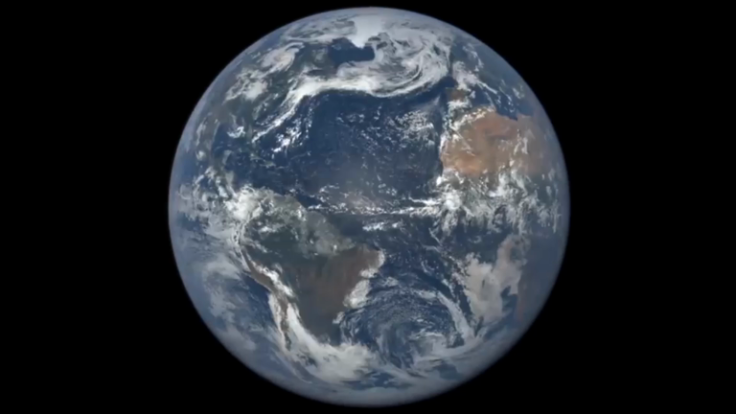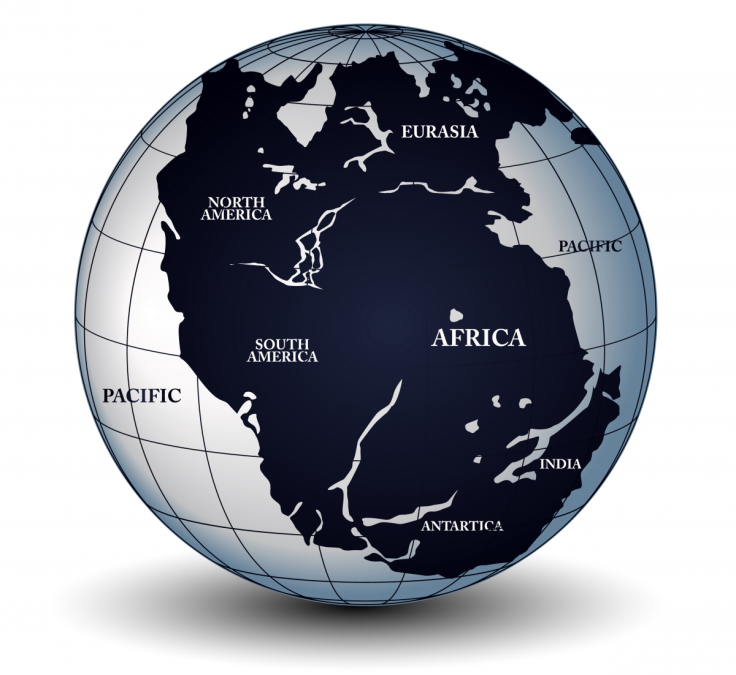What are supercontinents and when did they exist?
Supercontinents are fascinating subjects for scientists, but remain a source of intense debate.

The concept of the supercontinent is one of the most important and heatedly debated subjects in geology.
At the beginning of the 20<sup>th century, German geophysicist Alfred Wegener first proposed that continents were moving and that a supercontinent known as Pangea might have existed some 300 million years ago.
His theory, known as 'continental drift', emerged after he observed that some fossils found on different continents, separated by kilometres of oceans, looked very similar. But his conclusions were met with disbelief by most of his contemporaries.
More than a century later, the idea that Pangea once existed is now well established, while the theory of plate tectonics now forms the basis of modern geology.
However, scientists still do not agree on how best to define supercontinents or on how many existed throughout the planet's long history.
What are supercontinents?
There is no formal definition of a supercontinent. A simple definition based on size has been proposed - a supercontinent would have to comprise and connect more than three quarter of all the continental material available at a given time on Earth.
However, some scientists believe that supercontinents should be defined not by their size but by the processes by which they come together, in a sort of cycle.
"For us, what is important is that a supercontinent is part of a cycle, with many things happening before it gets together, and many more happening when it breaks up. It's these things that can tell us whether or not there was a supercontinent, more than its potential size," Damian Nance, distinguished professor of geological sciences at Ohio University, told IBTimes UK.
Such a cycle would last anything between 300 million and half-a-billion years.

But not everyone believes that there is a supercontinent cycle. Although there is now a fairly good amount of evidence to back it up, it still has not been proven. Some scientists think that a new supercontinent - a Pangea Proxima - will form in about 250 million years from now, but the idea does not yet convince everyone.
What were the names of past supercontinents?
Just as disagreements remain over the existence of a supercontinent cycle, it is still unclear what supercontinents existed in the past.
Almost everyone buys into the theory of the last supercontinent, Pangea. But going back further in time, there is a big question mark.
Below are the most popular supercontinents hypothesised to have existed – from the earliest to the most ancient. Some of them remain highly controversial.
1) Pangea
This famous supercontinent existed about 300 million years ago and broke up sometime around 150 million years ago. It brought together nearly all landmasses on Earth and was surrounded by a single ocean known as Panthalassa.
Pangea was formed when two large continents - Laurasia and Gondwana - merged. Due to Gondwana's size – encompassing what would become China, India, Africa, South America, and Antarctica – it is sometimes considered a supercontinent in its own right.
2) Pannotia
It would have formed some 655 million years ago, but many scientists do not believe in its existence. There is a major argument about whether it would have brought together more than three quarters of all continents on Earth at the time. Some also say it might have started breaking up even before entirely coming together.
"However, you can see clearly all the harbingers of supercontinent immediately before the time it is supposed to have existed and harbingers of a break-up immediately after. To me, this suggests that there was a supercontinent but our geological maps of the past are just not right at present," Nance said.
3) Rodinia
It is thought that Rodinia appeared around 1.1 billion years ago and broke up at about 750 million years ago. It is probably the best documented supercontinent after Pangea, even though it is more ancient than Pannotia.
"We simply have more data from that time slot and Rodinia was also the focus of enormous interest at the turn of the millennia. A lot of people believe that Pannotia never existed and that Rodinia is the next supercontinent back. There was a stronger support for its existence, hence why it attracted so much interest," Nance explained.

Since there has been a lot of research about Rodinia, it is fairly well constrained. There are clear geological hallmarks of a continent assembling and then breaking up at the time. However, Rodinia's exact shape remains a mystery.
4) Columbia (or Nuna)
This supercontinent is estimated to have formed 1.8 billion years ago and broken up at about 1.5 billion years ago. Its existence was first proposed in 2002, and it would have been much smaller than Rodinia.
5) Kenorland and Vaaldara
When looking so far back in time, scientists find it difficult to come to a complete agreement about what kind of supercontinents would have existed and what they would have looked like.
It is thought that a supercontinent known as Kenorland may have covered part of the Earth between 2.7 billion and 2.5 billion years ago, while another more ancient one known as Vaaldara may have existed around 3.3 to 2.8 billion years ago.
How do scientists study supercontinents?
With the study of ancient fossils, the main method to look at the geography of the Earth in the past is a technique called Palaeomagnetism - the study of the record of the Earth's magnetic field in rocks, sediment, or archaeological materials. It allows scientists to determine the latitudes of rocks when they formed. This is how they manage to put ancient maps of the world together and investigate locations ancient continents would have been - and thus determine if they would have been supercontinents.
However, these maps are imperfect because they do not show the longitude, so scientists have to find other geological hallmarks to perfect their understanding of the history of continents and supercontinents.

When continents assemble or disintegrate, this leaves clear signs in the rocks, which can be studied as proxies of supercontinents. Traces of rocks colliding can be clearly identified, and can suggest that a supercontinent was in the making at a specific point in time.
However, more geological data and more easily datable rocks will be needed to get a more complete picture of what happened in Earth's distant past.
© Copyright IBTimes 2025. All rights reserved.






















